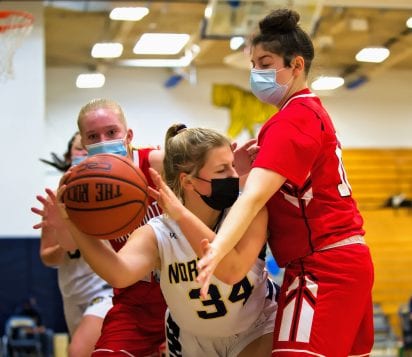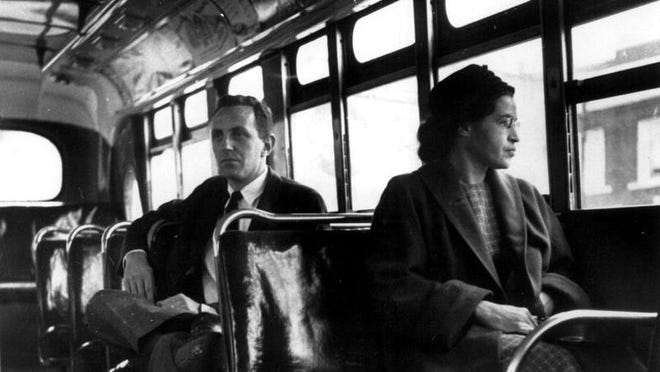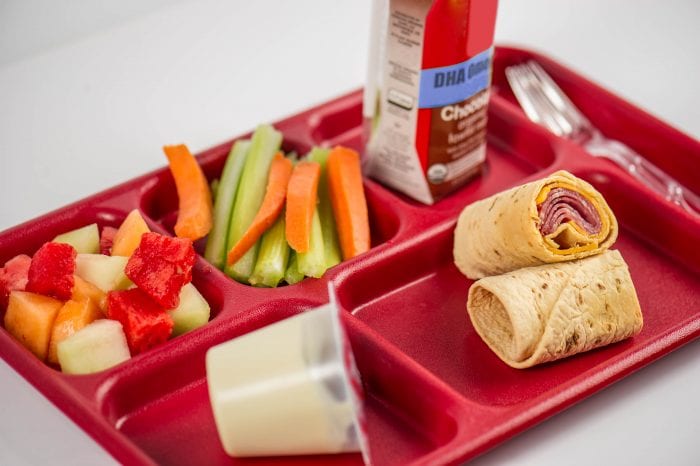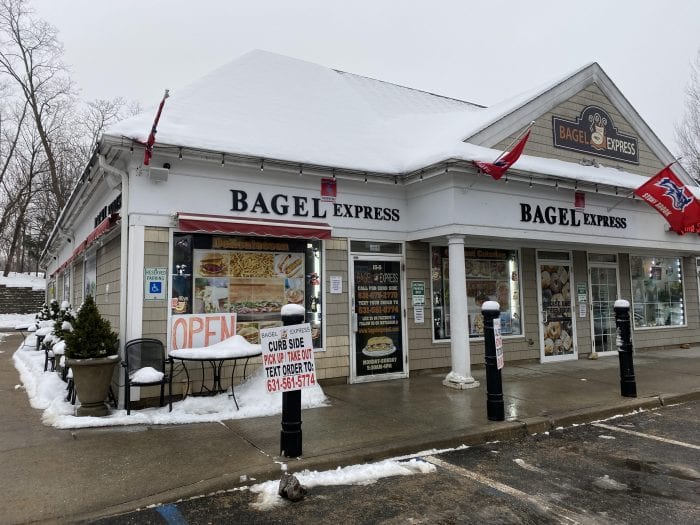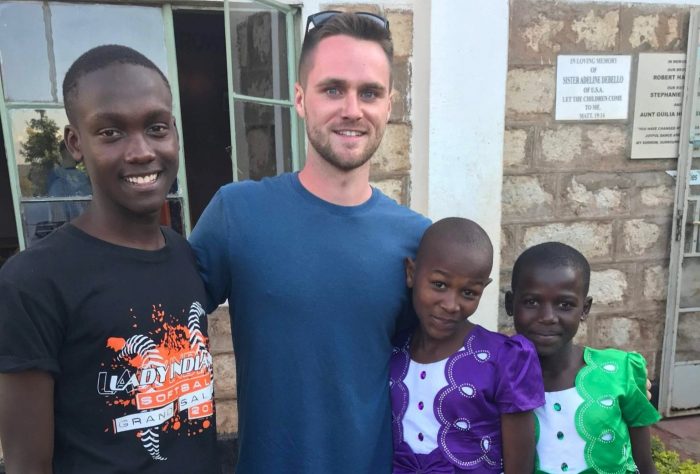By Steven Zaitz
Have a nice weekend!
That is exactly what the Northport Lady Tigers basketball team did, as they swept two games this past Saturday and Sunday in this breakneck sprint of a season.
At home on Feb. 20, they toyed with a short-handed Connequot squad, beating them at home by a score of 74-14. On Sunday, they traveled to Sachem North and doused the Flaming Arrows, 72-54. The Lady Tigers are now 4-1 and have two games this week against league powers Walt Whitman and Commack.
As they have for most of this year, Juniors Sophia Bica and Sophia Yearwood led the way. Bica had 27 points against the Arrows and Yearwood added 20, including four 3-pointers.
The game was close for three quarters. With Northport up by six with five minutes to go in the game, Yearwood hit freshman sensation Kennedy Radziul with a beautiful dribble penetration pass. Yearwood then canned two 3-pointers in a row from opposite elbows. The Tiger lead had now ballooned to 12 with only 3 1/2 minutes to go. It was flame-out for the Arrows.
“It is a great feeling to know that we can all have these moments where we can help seal the win,” said the team-first junior Yearwood. “As a team we were moving the ball well which helped us get open shots. During practices we really focus on trusting one another and playing as a team helps us play with confidence during games.”
Radziul, who comes from royal Northport basketball bloodlines, had a combined 12 points over the weekend after being sideline in COVID protocol. Coach Richard Castellano was excited to see her finally hit the floor. Against Sachem North, she had five assists, six rebounds and three steals to go along with her six points and showed a great deal of poise and all around court awareness – especially for a freshmen.
“She dominated Junior Varsity last year,” said Castellano. “I coached her mother and her aunt and between those two, they have three Suffolk County Player of the Year trophies, so yeah, I’m happy and excited to have her out there.”
Kim Ruck, Kennedy’s mother and Cami Ruck, her aunt were superstar players in the early 1990s and played in an era when Northport won six straight county championships.
“It’s cool to know that I’m playing in the same gym as my mom and aunt,” Radziul said. “Against Sachem North, I was nervous but really excited and it helped to know that my teammates have been in close games before and I’m glad we were able to step up for the win.”
Two other players who have had a hand in many wins, Emma Blanco and Hannah Morawski were honored before Saturday’s game, as graduating seniors and exemplary leaders.
“Emma and Hannah have had to step up as our team captains during this very unusual season,” said Yearwood. “I am impressed with their level of commitment to the team. They have both worked hard to motivate and encourage us.”
“Through the years, I have been blessed with great leaders and role models,” Castellano said proudly. “Whenever we go to youth basketball camps, these girls are so loved in the community and are revered by the elementary school kids, who all want to become Lady Tigers one day. Emma and Hannah are perfect examples of this.”
In the 60-point win on Saturday, Connequot only had seven players available. The Tigers led 20-2 after the first quarter and the remaining three quarters were the same type of story. Yearwood had 17 points and Bica 12. Freshman guard Brooke Kershow came off the bench to score 10 and Junior forward Alexa Vassallo had nine in the rout.
Section XI has installed an abbreviated playoff system for this season that will crown bi-league champions only. As of press time, the Lady Tigers are battling with Walt Whitman, Sachem North and Commack for one of two playoff spots that are granted to League II. They will combine with the top two teams in League I. Longwood, who the Tigers beat in the Suffolk County Championship last year, Sachem East and Ward Melville are the leading contenders in that group.
Northport girls basketball was dealt a blow to their playoff chances when they lost to Walt Whitman Feb. 23 by a score of 45-32. They were outscored 16-4 in the fourth quarter. They will play Commack Thursday, Feb. 25, which will likely be a ‘do or die’ game with respect to gaining a playoff berth.



